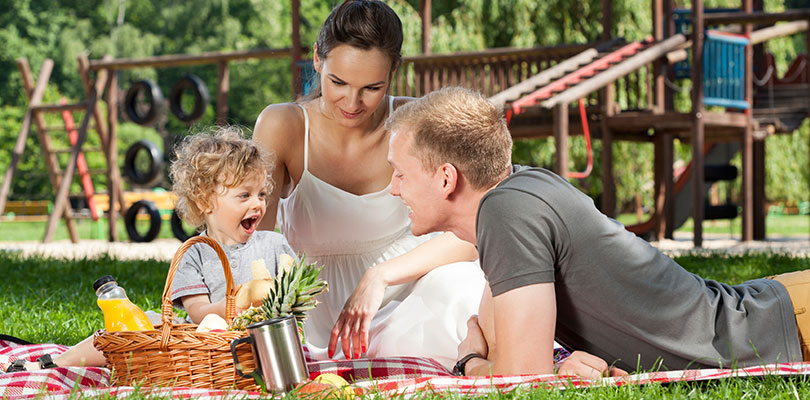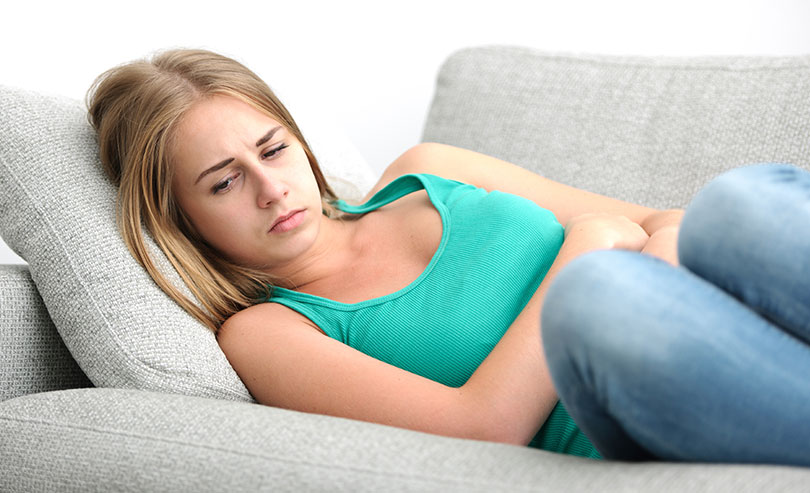How to Do Kegels for Overactive Bladder
Kegel exercises are often overlooked as being a form of treatment for anyone with overactive bladder (OAB).
Specifically, Kegels are targeted to prepare pregnant women and new mothers to perform them for increased strength in the pelvic floor region, especially right after childbirth when it is the weakest. This is not wrong, however, it is one of the many benefits of Kegels, and everyone should know how to perform and benefit from them.
Men and women alike can learn to do these exercises discretely and effectively. You should have been able to perform a few reps of Kegel exercises by the time you read this entire article.
What Is Kegels?
American gynecologist Arnold Kegel coined Kegels in 1948, and ever since then, the exercise has been adopted around the world as a non-surgical treatment for "genital stress" as Kegel intended.
What Do Kegel Exercises Help With?
The pelvic floor is like a trampoline under you at your ‘seat’ area. Its wall of muscles that can, unfortunately, get weak like any other muscle. The goal of Kegel exercises is to strengthen the pelvic floor.
Exercising these muscles will strengthen them and make them a difficult barrier for urine to pass through during times of stress or an episode of OAB. Kegel exercises are known as some of the safest behavioral therapies as there are no side effects or complications in doing them repeatedly or frequently.
How to Do Kegels
To find your pelvic floor muscles and attempt a very basic Kegel exercise, start by trying to imagine stopping your urine mid-stream. The muscles that pull up, or contract, are your pelvic floor muscles. This is your main focus on continuing to perform the exercise. Concentrate on tightening those muscles.
To find out if your pelvic floor muscles are weak, focus on stopping your urine mid-stream. It shouldn’t take you more than a second to stop the flow of urine. With any hesitation or problems doing so, you may have weakness in your pelvic floor.
However, do not perform Kegel exercises while urinating as it can cause a UTI as well as weaken your muscles more.
Improving Your Pelvic Floor Strength
To increase pelvic floor strength for your OAB, follow these pelvic floor exercise steps:
- Start with an empty bladder.
- Lift your pelvic floor and tighten those muscles.
- Make sure to hold this position for 4-5 seconds.
- Let it go by relaxing.
- Wait until you’re completely relaxed before performing another Kegel exercise.
It’s important to know the difference between relaxed and still holding your pelvic floor up. You should be able to notice a strong difference from when you’re relaxed to when you’re contracting.
When you’re ready, repeat the exercise 5 more times. The stronger your muscles get, the longer you should be able to hold them up for, and for more repetitions. It’s recommended to do these exercises ten times a day or more.
Don’t forget to breathe normally and avoid holding in any other muscles such as your stomach, thighs, and buttocks.
What to Do If You Can't Find Your Pelvic Foor Muscles
There are pelvic floor physiotherapists that can aid you in doing these exercises and keep you on track. They are trained in showing both men and women how to contract and relax properly if you are having trouble finding these muscles. There are also diagrams and videos online demonstrating what a Kegel exercise looks like.
What Kegel Equipment Do I Need?
For some women, performing Kegels is easier with specific weighted equipment. There are a wide variety of pelvic toning devices sold explicitly for this reason, although there is no proof that they are more beneficial than regular Kegel exercises.
Things like ‘jade eggs’ and ‘Ben Wa’ balls can be inserted in the vagina to add weight in contracting the pelvic floor muscles. They usually come in 3 different weights in a pack. The products come with instructions explaining to use them in conjunction with your regular Kegel exercises, starting with the lowest weight and working your way up slowly to the heaviest weight.
Conventionally, they usually weigh no more than 90 grams at the most. However, it is a personal preference to use them or not.
How to Create an OAB Kegel Exercise Routine
To get the most out of Kegel exercises, you can treat it like it belongs in a gym and creates different ways to exercise them in short and long reps. There are a number of ways to start a healthy Kegel exercise routine. Here are some ways of doing them.
How to Do Kegels for Overactive Bladder
- Start by lying on your back. You can perform them anywhere, however, it is the most comfortable position, as well as it reduces the effects of gravity. Start doing quick bursts of Kegels without taking a break.
- Practice the “quick clench” system of holding for five seconds, relaxing for five seconds, and repeating this five times. You can always increase the duration as well for a full slow Kegel exercise.
- While on your back and feet on the ground, raise your pelvis to the ceiling and hold it up and perform a Kegel exercise for five seconds. Lower your pelvis, and relax your pelvic floor muscles. Do this ten times.
- With your knees pulled into your chest, breathe in and squeeze your pelvic muscles for 10 seconds each, and relax and breathe out.
- Do a set of rapid clench and release exercises for 10 seconds. Take a five-second break and repeat five times. Again, this can be adjusted to suit you best.
- Tighten your pelvic floor muscles and hold them for 20 seconds. Relax and take a 20-second break. Repeat three times.
Less stress means less risk of incontinence, which translates to less oab embarrassment.
More Kegels Exercises for Overactive Bladder
- Sit on an exercise ball. Contract your pelvic muscles and pull up as hard as you can for a second or two and immediately relax completely. Let yourself completely relax before doing another rep. This is to help your muscles be flexible, not just strong. Your pelvic floor should rise and fall easily, so contracting up hard like this will help improve flexibility.
To increase endurance, sit on the exercise ball and contract your muscles, and keep them up for as long as you can. Remember to relax between contractions fully.
- Perform a bridge exercise. Include your Kegel exercise with this. Practice holding the Kegel in for the duration of the bridge. But don’t hold for too long. Give yourself a break and remember to breathe.
- Pull yourself up with your abdominal muscles. With outstretched arms, pull yourself up a few inches off the ground, and pull your knees up to a 90-degree angle with your hips, with your feet touching, to keep you straight. Tense up your buttocks, and pull in your pelvic floor, like a vacuum. Hold the position and the Kegel for five seconds, and release and repeat.
- Lie on your side and prop yourself up on one elbow and perform a clamshell exercise, knees at 90 degrees, and with your feet touching, opening up your knees like a hinge. While opening up your legs, practice holding your pelvic muscles up, and relax as you close your legs.
While in this position, you can up the intensity and extend your legs out straight and put an elastic band around your knees or ankles to create resistance as you lift one leg. Perform quick bursts of Kegels as you slowly raise and lower each leg, to make it interesting.
Fitting Kegels Into Your Busy Routine
The best thing about Kegels is that you can do them anywhere without anyone knowing, and no one would judge you for it.
While at your desk, put your hands on the edge, and practice doing Kegels while you’re going up and down on your tiptoes for five seconds each. This is a quick and easy one to keep in your back pocket to do anytime you have a second. You can even do this in the elevator on your way to work, remember to hold the handrail, so you don’t fall over.
Every morning and every night while brushing your teeth, you can practice doing Kegels. For added difficulty, do them while standing on one leg, and switch every ten.
While standing in the line at the grocery store, do quick reps of five seconds each. When you’re bending down to pick up the heavy groceries in the bottom of the cart, contract your pelvic muscles, and while standing up, relax them.
When you’re checking your emails, or just doing work at your computer, lift one leg leaving your foot a few inches off the ground, and do a Kegel, hold for 5 seconds, and lower. You can do one leg at a time, or you can practice doing both at the same time.
The Bottom Line...
After doing these exercises multiple times a day, you’ll get used to them, and in turn, it will help with your OAB symptoms, specifically urge incontinence. You may not even notice you are doing them. However, having a strong pelvic floor will be an advantage throughout life as muscles tend to get weaker with age.
This is a very important muscle group that we take for granted, and it deserves some time being worked on too. It holds all of our important abdominal organs up, as well as creates a passageway for some of these important organs as well.
Pelvic floor muscles are linked to sexual health and wellbeing and are overall a very strong group of muscles that can make life so much easier when dealing with symptoms of OAB.







